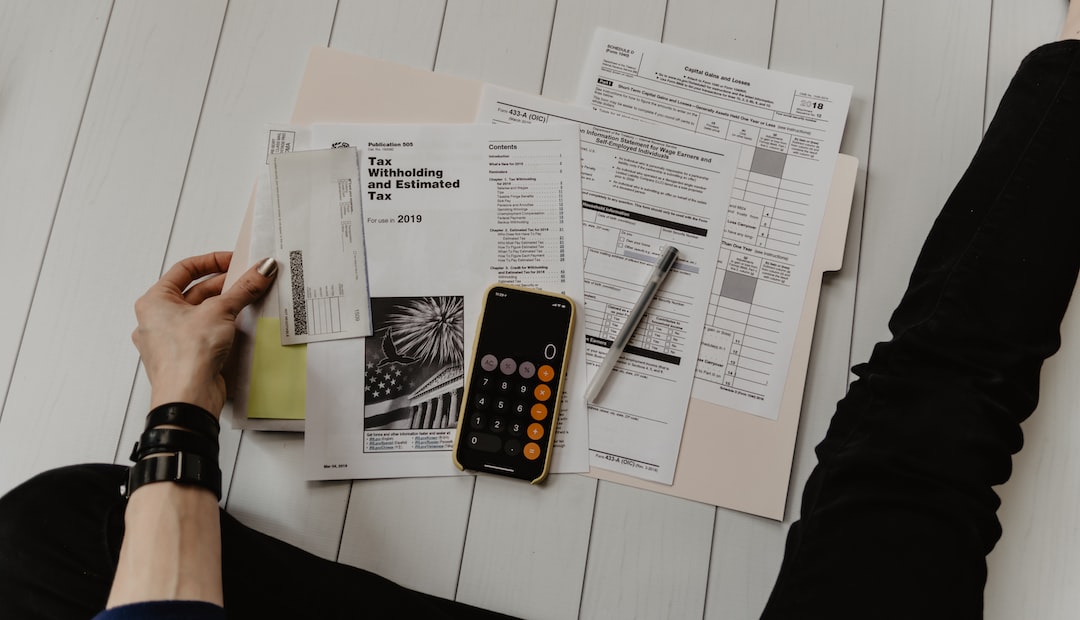Forex trading involves buying and selling currencies in the hope of making a profit. Margin trading, or trading on margin, is a popular trading strategy that allows traders to use leverage to increase their potential profits while also increasing their risk. The use of margin in forex trading can be a powerful tool, but it is important to understand how much margin to use to avoid excessive risk and potential losses.
What is Margin Trading in Forex?
Margin trading in forex involves borrowing money from a broker to trade a larger position than the trader would be able to with their own funds. This is done by putting up a deposit, or margin, as collateral for the loan. The margin amount required varies depending on the broker and the currency pair being traded. For example, a broker may require a margin of 2% to trade the EUR/USD currency pair, meaning that a trader would need to put up $2,000 in margin to trade a position worth $100,000.
Margin trading allows traders to leverage their positions, potentially increasing their profits. For example, if a trader has $10,000 in their account and uses a leverage of 50:1, they can trade a position worth $500,000. If the market moves in their favor, they would make a profit based on the full $500,000 position size. However, if the market moves against them, they could also incur losses based on the full position size.
How Much Margin Should I Use in Forex?
The amount of margin a trader should use in forex depends on their risk tolerance, trading strategy, and market conditions. It is important to understand that using too much margin can increase the risk of losses, while using too little margin can limit potential profits.
One common rule of thumb is to use no more than 2% of the account balance per trade. This means that if a trader has a $10,000 account, they should not risk more than $200 per trade. This helps to limit potential losses and ensure that the trader has enough margin to continue trading even if some trades result in losses.
Another approach is to use a fixed percentage of the account balance as margin. For example, a trader may use 10% of their account balance as margin for each trade. This means that if they have a $10,000 account, they would use $1,000 as margin for each trade. This approach allows for more flexibility, as the margin used can be adjusted based on the size of the position and the market conditions.
It is also important to consider the volatility of the currency pair being traded. More volatile pairs may require higher margins to account for potential price movements, while less volatile pairs may require lower margins. Traders should also consider the leverage offered by their broker, as higher leverage can allow for larger positions but also increases the risk of losses.
Risk Management in Forex Trading
Using the right amount of margin is just one aspect of risk management in forex trading. Traders should also use stop-loss orders to limit potential losses, and avoid overtrading or taking on positions that are too large for their account balance.
Traders should also be aware of the potential for margin calls, which occur when the account balance falls below the required margin level. This can happen if a trade goes against the trader, causing losses that exceed the margin used. If a margin call occurs, the trader may be required to deposit additional funds to cover the losses or risk having their positions closed out by the broker.
Conclusion
Using the right amount of margin is an important aspect of successful forex trading. Traders should consider their risk tolerance, trading strategy, and market conditions when determining how much margin to use. It is important to use stop-loss orders and avoid overtrading or taking on positions that are too large for the account balance. By practicing good risk management, traders can limit potential losses and increase their chances of success in forex trading.





